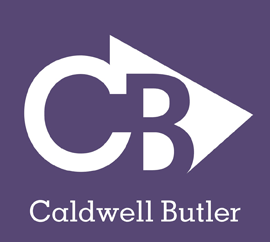
We made a previous attempted at Six Sigma and we had marginal results. How can we make sure that we get results and break the cycle of perpetual analysis of data? This is an all too common occurrence in firms who rely on the traditional approach to training. Lean and Six Sigma alone lack the specific tools to drive accountability and help manager overcome their concerns and fears of the potential consequences of implementing proposed changes in processes.
There are methods that can break the analysis paralysis cycle. Rapid Cycle Testing (RCT) can reduce concerns by providing a safe structure that encourages testing of proposed changes. It focuses managers on experience rather than speculation about the unknown or the lack of data.
In addition, the structure of the 100-Day Workout provides a structure that creates a sense of urgency and places the focus on implementation.
What is the best way to make sure that we bring in Lean and Six Sigma in a way that is sustainable and not just seen by staff as the flavor of the day? Focus and spaced repetition is the best way to ensure sustainability. Best results are obtained by picking a large core focus such as surgical throughput, ED length of Stay, or other large focuses. Once the focus is established, bring in just the tools and methods that are relevant to improving results in that area. The traditional training model overwhelms the organization by providing days of classroom training without allowing the organization to master the material. The 100-Day Workout structure provides an excellent platform for introducing new methods in a systematic and sustainable way.
Some Lean-Six Sigma training firms will make claims that everyone in the organization should receive formal certification. Or they will say that there should be a Black Belt or Green Belt for every 50 employees in healthcare. This thinking is a vestige of the industrial thinking. The rate-limiting factor determining how many Black Belts you need is the number of significant change initiative you can support at any given time. A typical Black Belt can support 3 to 4 large scale (4-6 month projects). This means that a 150 to 300 bed acute care hospital usually can support 2 to 3 full time Black Belts.
Remember that these are tools and methods. Is a hammer better than a screwdriver or saw? Each tool is appropriate for a specific task or function. In our experience, the Lean toolbox is the place for most organizations to start. Lean is intuitive and easy for managers to put into practice. Lean methods lay the foundation for "process and flow thinking." However, most organizations find that they will rapidly need the rich statistical toolbox of Six Sigma. This is especially true when dealing with complex issues of patient flow when the obvious improvements have already been completed.
What is In-Quality Staffing (IQS) and what makes it different from benchmarking or productivity measures?
Productivity systems may indicate that there is opportunity for improvement but provides a manager limited insights on what changes to make. Benchmarks frequently lead to arguments about the quality of the benchmarks and may actually delay progress toward the implementation of changes.
In-Quality Staffing utilizes Lean-Six Sigma principles and asks managers to define what they mean by quality. This has the effect of ending the debate on data quickly and moving managers into action. In-Quality Staffing provides managers with training on how to collect information that lets them understand how staffing and demand correlate on an hour-by-hour basis. Managers see a clear view of how many hours out of each day they are meeting their own definition of quality. Within 30 days managers clearly see where they have opportunities to adjust staffing and develop action plans to ensure they have the right people in the right place at the right time.
Launching a 100-Day Workout focusing on Quality Waste Recovery has been a highly effective and proven place to start. Quality Waste Recovery offers the following advantages: